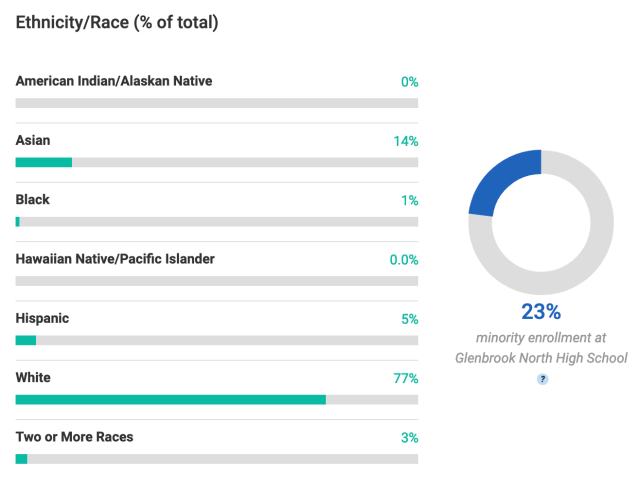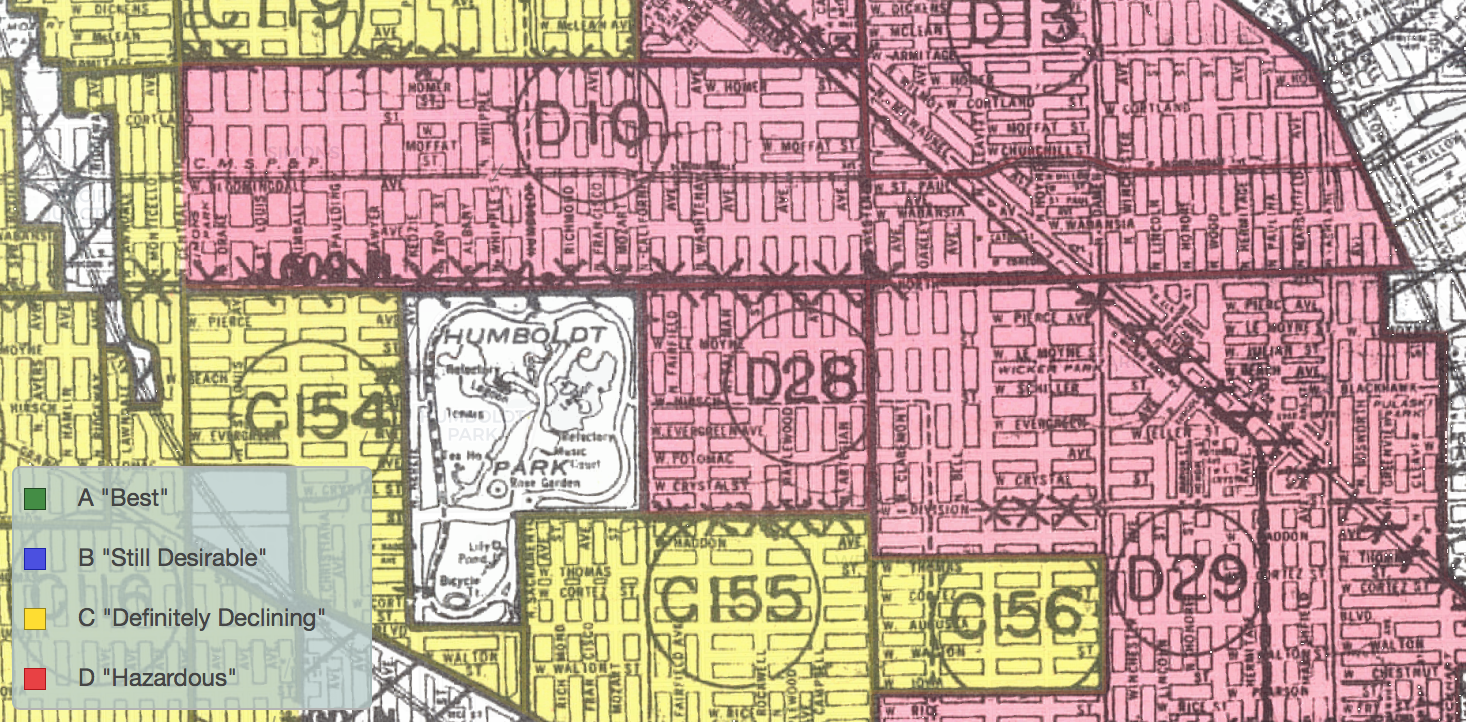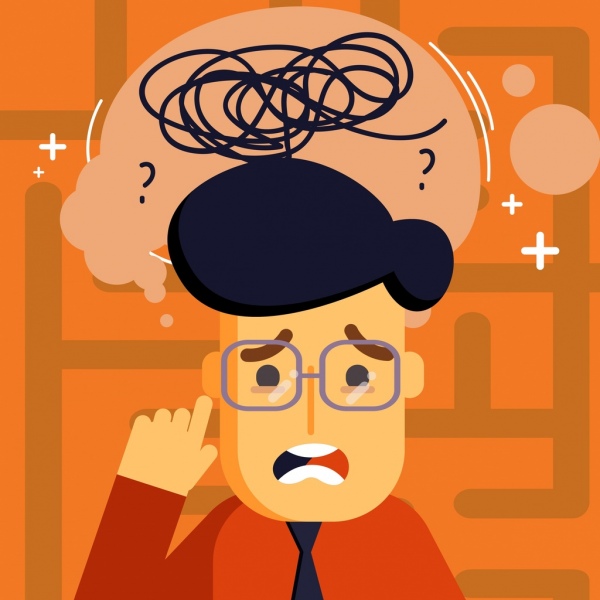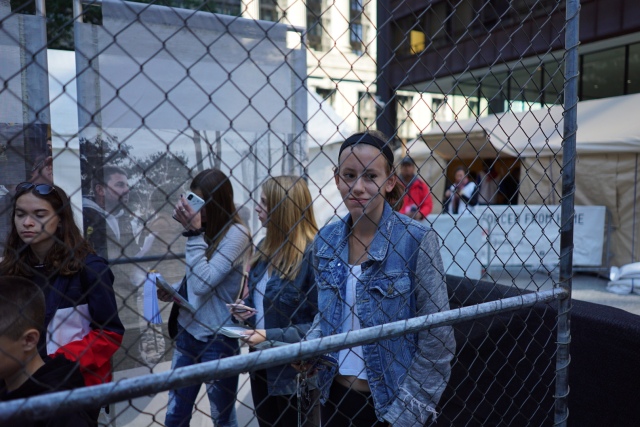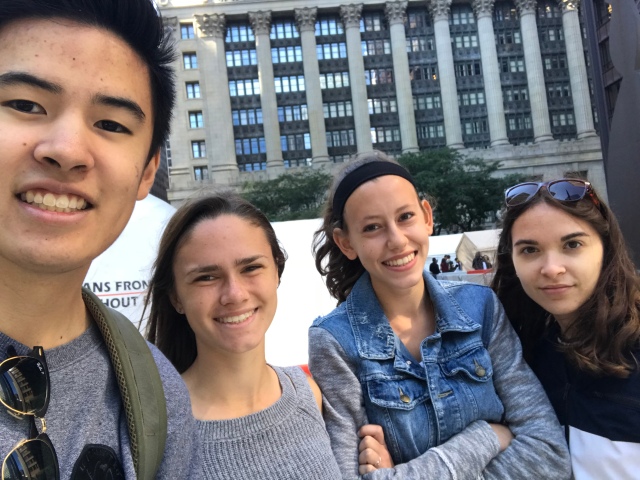I honestly didn’t know what I was gonna do for my last SAMO and that worried me. Was I going to go to a museum? A speaker presentation? I was stumped for quite some time to be completely honest with you until none other than the Sammy Bellman helped me out. We had just finished reading the book Evicted: Poverty and Profit in The American City by Matthew Desmond, an incredibly articulate piece of literature focusing on evictions from a first-hand perspective. Desmond put himself in the shoes of those who he writes about as he actually lived with his characters throughout the stay of his study.

Sammy actually approached me with the idea about a couple of weeks prior to our installation and I was very much interested. It was called Undesign the Redline, an exhibit put together by the National Public Housing Museum of Chicago talking about the term Redlining and its history in Chicago and the rest of the U.S. When we first realized that it would be a great SAMO opportunity to connect to our novel, we also realized there was a dilemma. I feel like most of my SAMOs have involved some sort of unsuspected temporary setback. The problem was that the exhibit was only open till 5 pm as that was also when the museum closed. The museum was also only open during weekdays which was going to be a problem regarding transportation. We ended up deciding on a day to get called out of school early so we could make it to the museum in time with a solid window for viewing.

After doing some light research about the term Redlining and its history in the U.S. it made me think of our preparations for our trip. Let me elaborate. I have never wanted to put my parents in a bad light unless something is done that bothers me to a certain extent. To their eyes, Chicago is deeply divided, they know where the “Southside” apparently begins, what neighborhoods to stay in and out of, I’ve always listened to them until recently. The problem is that they have a one-sided perspective, they think that if I step foot in a single neighboorhood where crime happens something will happen to me and I won’t be safe. They tell me I should avoid the red line. I should avoid driving my car in some parts of Evanston because someone will break-in. I shouldn’t bring this or that because it will get stolen. Now I understand where they come from as I’m their kid, but what they don’t realize is that this isn’t necessarily the case at all. Yes, some areas are “safer” than others but they must also understand the context of some of these communities. Redlining and racial zoning from history have made it difficult to escape the pit of poverty and inequality that the city has instilled from early on for many predominantly Black citizens along with other minority groups. I lied to my parents about how we were going to go to the city, Sammy and I were taking the redline to a part of what used to be the projects, a couple of blocks from where Cabrini Green a public housing project in North Chicago used to be.
I ended up packing pretty lightly because of where we were going and I didn’t know if the area would be safe or not. Unfortunately, I attribute this to the socialization I’ve grown up around not only from my parents as I mentioned above but also the media and news. After leaving school, Sammy and I hopped on a couple of trains and eventually the redline which we took to the Chicago stop. When we got off the train the first thing we saw G-Wagon. Yes, you heard me, a G-Wagon. Next to it was a nice Audi and then a Porsche. This was shocking and made me quite sad. Not only had it proven the wrong in our assumptions of the area but also it had proved that our socialization was there.
The National Public Housing Museum ended up being a lot smaller than we expected. After ringing the doorbell to be let in by a man, we found that we were the only people in the entire place beside the 2 staff that were working. The exhibit was laid out along a singular wall and divided into 5 well-organized panels which contained information about redlining. We were told to start from the leftmost panel and move to the right.
Prior to the first panel, the exhibit began with a series of posterboards highlighting the continuing effects of redlining today. I’ve talked about what redlining is more in-depth in my research blog and non-research blog which I’ve linked but it was essentially the systematic division and politicized segregation of predominantly Black citizens and other minority groups into zones based on race. On the posterboards that were presented before the first panel, there were five categories displayed being Housing & Stability, Education, Health & Well-Being, Economic Security, and Mobility. In each map which I will include graphics of, they were color coded so each shade of a certain color represented a certain percentile on a scale. Northbrook fell into the 99th percentile on all of the posters for each category which I, unfortunately, was not surprised by but it was also sad to see that in many of the surrounding areas they fell under the 0 or low percentile.
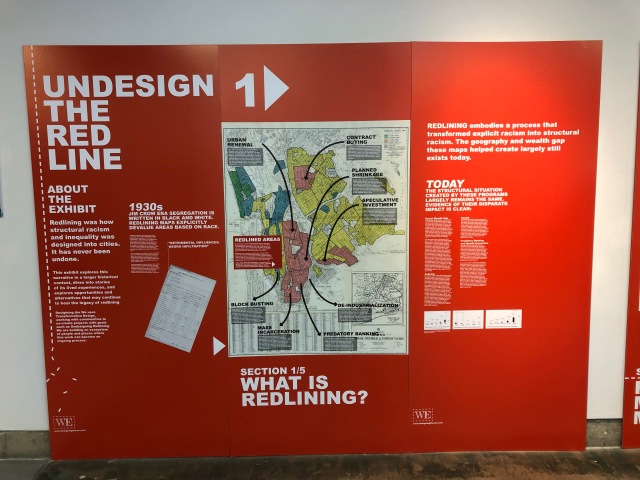
The first panel after the preface introduced Sammy and me to the history of redlining. It not only gave an in-depth history of how redlining came to be but it mainly focused on the ways it was institutionalized. It was really disturbing to me. The idea that not just the politicians but the people were making it physically and mentally difficult for minority groups to make considerate ground in their lives. Some of these methods of instilling redlining in history included Predatory Banking, where banks would close branches and refuse loans to those who lived in these redlined or “hazardous” areas. Or they would give subprime loans making it difficult if you were to miss a payment. Within in Matthew Desmond’s book, he provides a real example of how hard these loans can hurt people. “The year before, she had been talked into refinancing with a subprime loan. Her payments kept going up, jumping from $920 to $1,250 a month, and her hours at Potawatomi Casino were cut back after her maternity leave” (125). The woman in this example from Evicted essentially was talked into predatory banking here without prior knowledge of this and it ended up hurting her and her kids, in the end, leading to an eviction Some other examples of institutionalized segregation included Contract Buying and Block Busting.

The second panel included a large map, where visitors were asked to place pins on an area where they live or used to live. The map displayed was a 1930s styled map with redlining division factored so people could see the labels of where their homes were. We used this idea in our Gallery of Conscience installation which we credited. This definitely gave me a new perspective on our city. It was really quite frustrating to see the labels given to certain areas and how certain racial zones automatically received a certain color classification. For example, many of the areas where the Black population was high, it was designated as “Hazardous” or “Declining”. To both Sammy and I, it was surprising to see a declining area of Northbrook because we have grown up around an apparently affluent area even though we know there is inequality.

The third panel was by far the most interesting of the 5 and remains as one of the most impactful historical layouts I have ever seen. It was divided into 4 eras, each labeled with a time period and description of inequality. Each era was connected to one another beginning from the first which contained information about the end of slavery and the early Jim Crow era to the fourth which contained information about the Black Lives Matter movement and mass incarceration. Throughout the timeline, it displays an event or category of movement with a brief blurb and an arrow displaying the connection and ultimate cause and effect impact. The reason this was so impactful for me was that it displayed the entire history of major events regarding race and how inequality emerged in America for predominantly Black people. This panel made me think of the Cycle of Socialization in a different way. I think back to the times in school when we have learned about segregation in history and slavery. While we typically covered the topics of the Civil Rights Movement, Jim Crow Laws, and Slavery, I feel as though we never dove deep enough into the long-term connections and impacts of history. “We are exposed to rules, roles, and assumptions that are not fair to everyone” (Harro 48). We are taught certain things in school and sometimes we may not realize that socialization is occurring. Had our education system focused on the long-term effects of discrimination and segregation from history, it would help us see the world differently and advocate for change.

The fourth panel was significant as it focused on case studies from around Chicago. Small moments of inequality that impacted the greater populations without regards to public safety. It was important but I think towards the larger message it wasn’t as important as the rest of the panels.

The fifth and final panel was a summation of the exhibit’s message. How can we undesign redlining? What can we as citizens do to help advocate to bring change in another community? The answer to this question is to act as a community. Citizens need an advocate for change not just to the direct source but first as a community. If people come together to form a voice then this can help undesign redlining’s long-term effects on minority groups.



